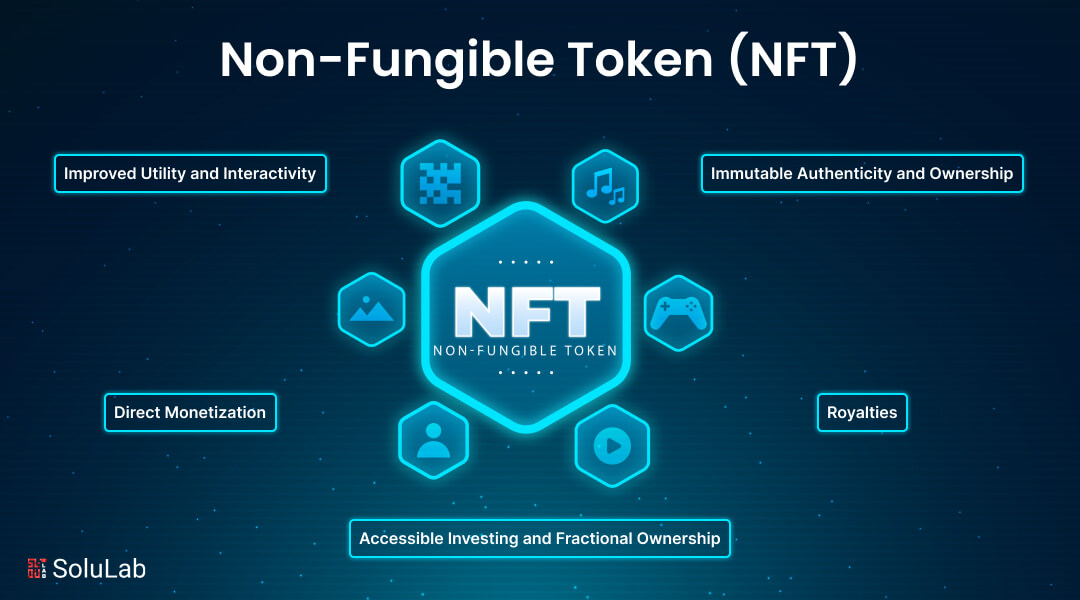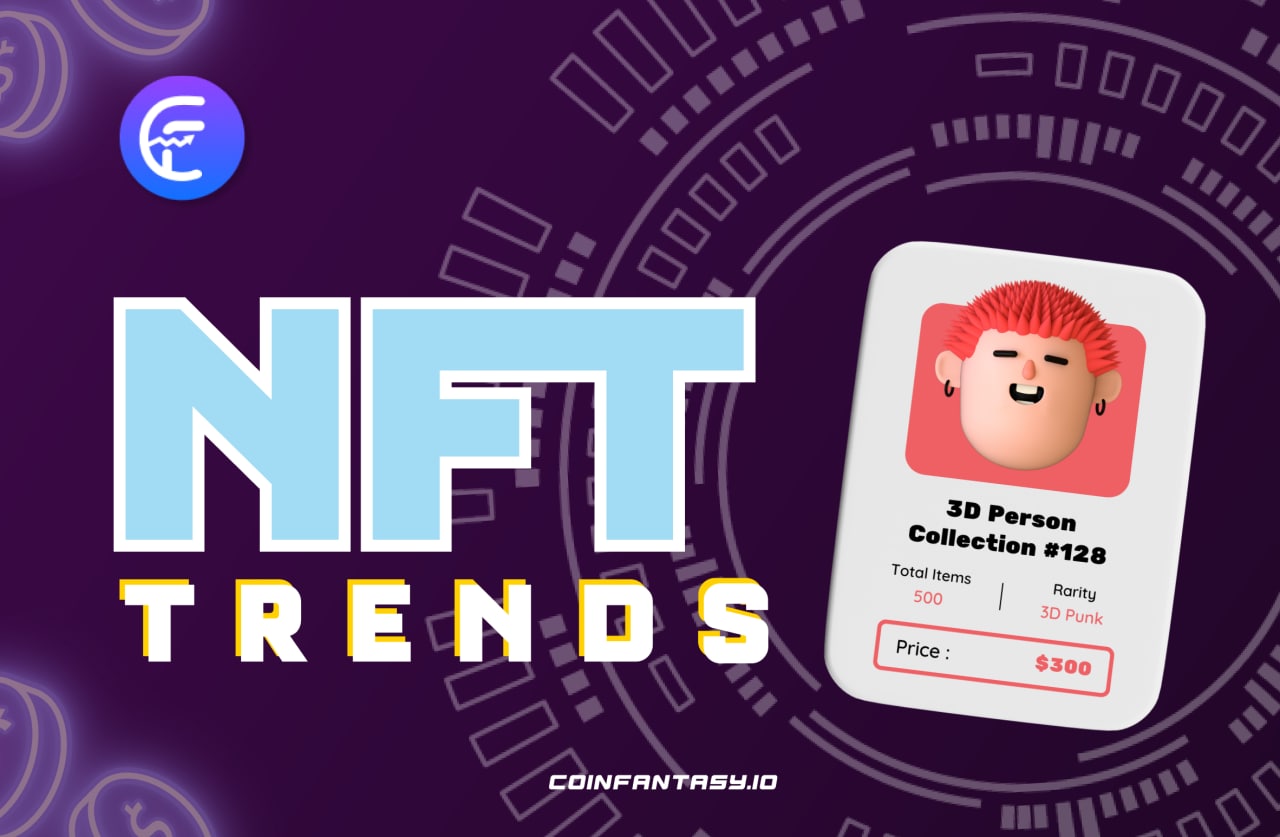Non-Fungible Tokens (NFTs): Trends and Controversies
Non-Fungible Tokens, NFTs, are the hot new topic of the digital world. They are igniting controversy and driving much innovation across the sectors. They are digital assets representing ownership in unique items: it could be art, music, or even virtual real estate using blockchain technology. Below are some of the current trends and controversies surrounding NFTs.
trends in nfts
- While it started off by focusing on digital art, NFTs have now begun to be used in gaming, fashion, ticketing, and real estate. For example, skins or weapons within games can become virtual assets tokenized as NFTs, thereby providing the true owner with an opportunity to freely sell them.
- Celebrity and Brand Engagement Celebrities and international brands have adopted NFTs, utilizing them for fan engagement and exclusive content. Companies such as Nike, Adidas, and Gucci have released digital collectibles, blurring the lines between the physical and virtual.
- Metaverse Tie-In NFTs are increasingly tied to the metaverse. Virtual worlds such as Decentraland and The Sandbox rely on NFTs for land, avatars, and accessories, driving innovation in virtual economies.
- Green NFTs Due to the environmental consequences of traditional blockchain technologies, many are embracing more environmentally friendly versions of NFTs. Systems that utilize a proof-of-stake blockchain, as in Ethereum 2.0, Tezos, or Solana, provide a much greener alternative.
- NFT fractional ownership enables several persons to have equity in a single high-value asset: for example, expensive collectibles such as scarce art pieces or luxury real estate.
Controversies Surrounding NFTs
- Environmental Concerns Traditional NFTs, especially on proof-of-work blockchains, consume much energy and thus contribute to climate change. Many critics urge the more sustainable solution.
- Volatility in Markets Values for NFTs are highly speculative and sometimes prices surge from hype. This causes massive loss for the investors and has thus become a question of the stability of the markets.
- Cases of unauthorized minting of NFTs that carry copyrighted material have raised the issue of legal and ethical questions. The artists, more often than not, complain about their work being stolen and sold without consent.
- Lack of Regulation In the NFT space, comprehensive regulations are absent, and room for scams, fraud, and money laundering remains. Unsuspecting buyers fall into fraudulent schemes.
- Accessibility and Inclusion The prices of NFTs and the cost of making blockchain transactions can be high in some cases and, thus limit access to these platforms only for those with higher budgets.
Conclusion
NFTs have transformed digital ownership, opening new doors for innovation in art, gaming, and the metaverse. However, there are a lot of challenges they face, such as environmental concerns, market volatility, and regulatory gaps. With the technology maturing into sustainability and access, NFTs have the potential to transform how we create, trade, and value digital assets in the future.


Comments
Post a Comment